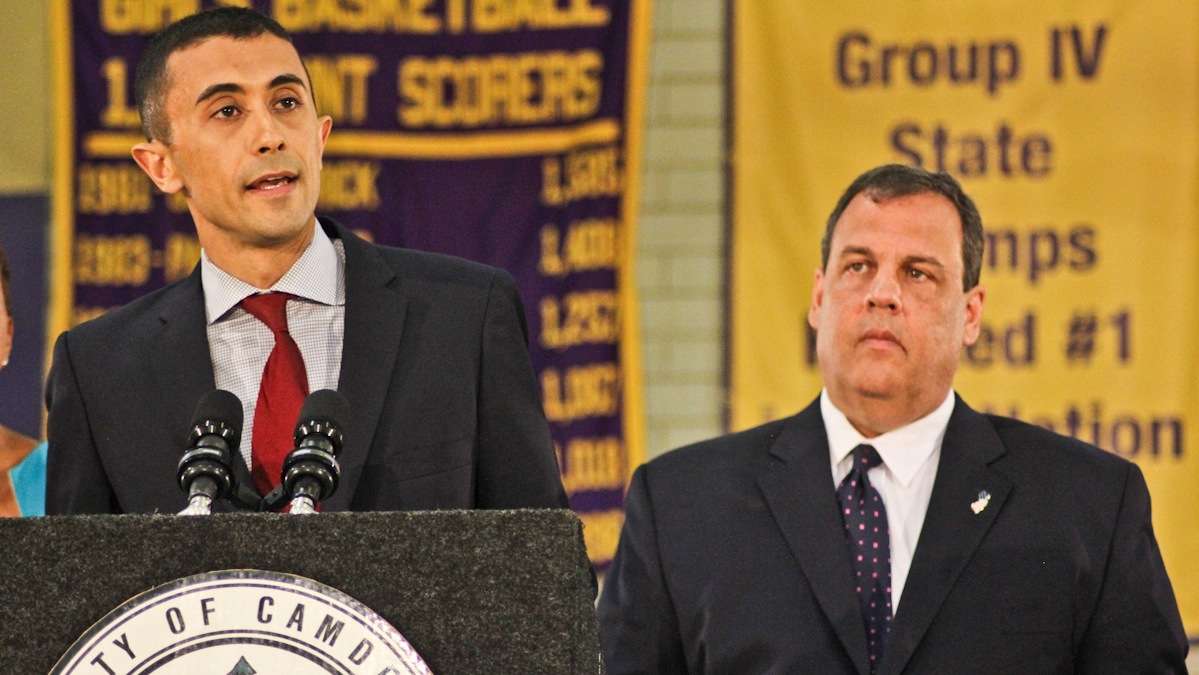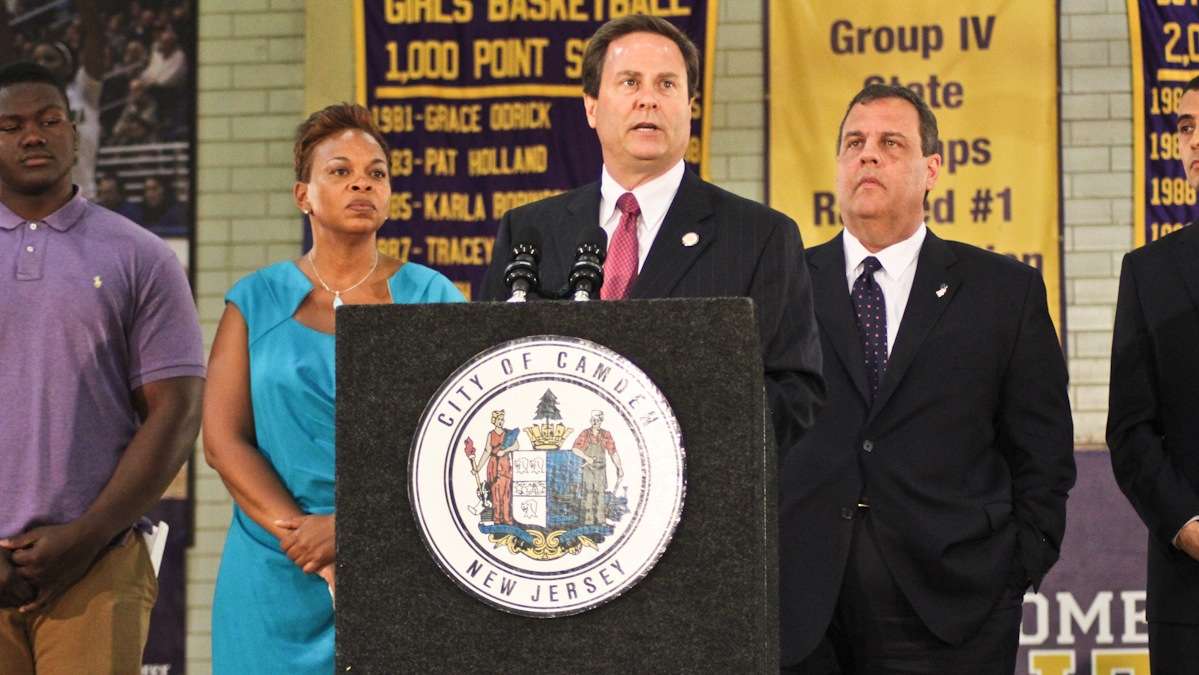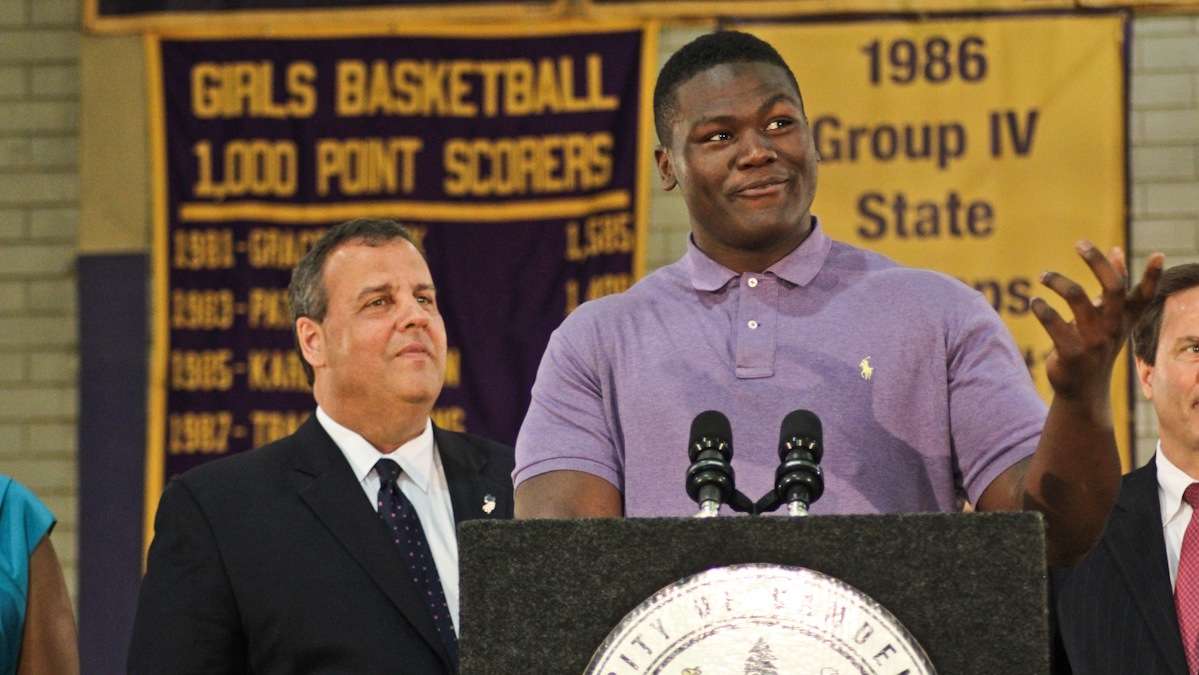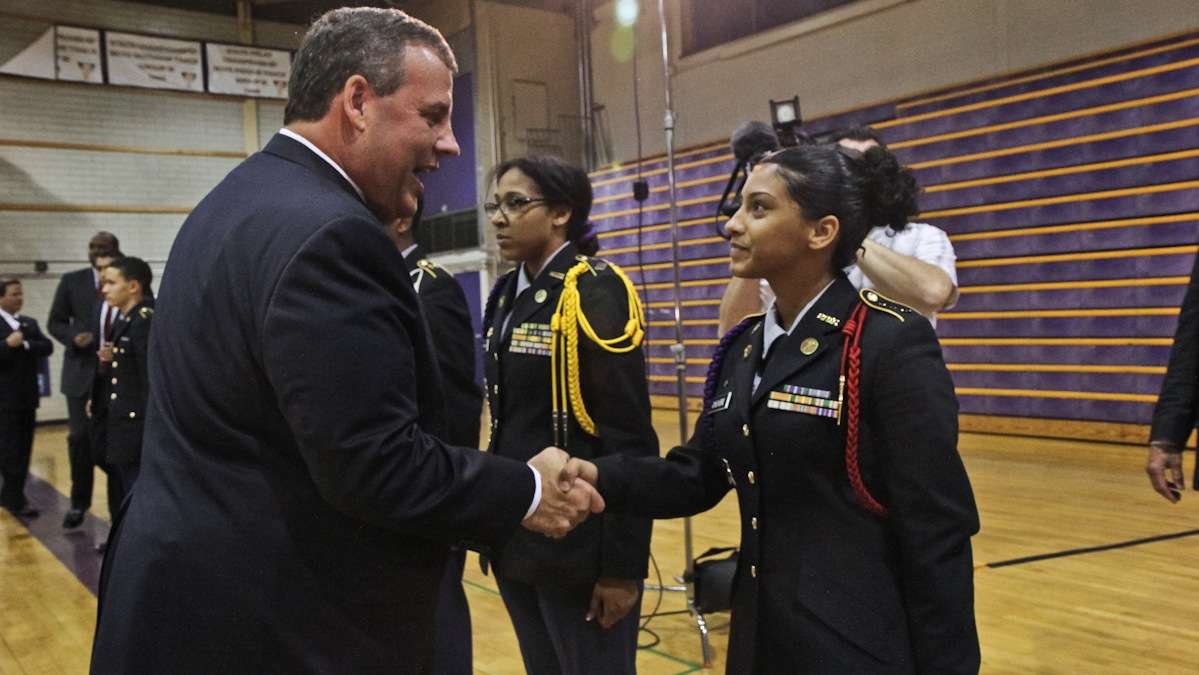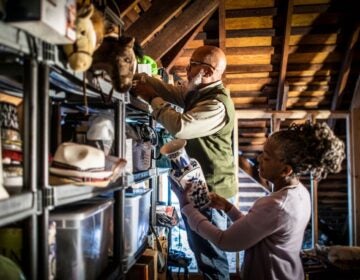I thought we were friends
Between us, we have 432 Facebook friends. We have no illusion that these virtual friends are all real friends. In real life, the friends who want to know that our daughter finally got a job, our mother is in the hospital, and we had a great vacation are few and far between.
We thought we’d have more of these friends by now.
Looking back, we’ve had close friendships at each stage of our lives — in the high school newspaper office, on the sixth floor of the Ritner Hall dorm, and at our first jobs, where we over-shared with our co-workers 40 hours a week. The birth of our children brought whole new circles of friends — the moms we chatted with at playgroups, the families with whom we carpooled, the parents we hung out with while the kids were at ballet/band/baseball. It didn’t matter if we had a lot in common, because we bonded over our kids’ shared activities. We considered these people our good friends, and they were — at the time.
We expected that these friendships would continue long after we moved on to the next stage of life. After all, when our son was done with Boy Scouts, it didn’t mean we were done with the Monroes and the Wendells. We had every intention of staying in touch. But when we didn’t have to call to check who was bringing extra sleeping bags for the camping trip, we just didn’t call them — and they didn’t call us. In reality, only a few people emerged from the pack to become lasting friends.
It takes time and effort to keep your friends. If you want to maintain the relationship, you have to work at it. Having friends is like dating — you have coordinate busy schedules, agree on where to go, dress yourself up, and be on good behavior. That’s why we’re glad we’re married; we hate dating. We’d rather stay home in our sweatpants, open a bottle of wine, and fight over what to watch on TV.
Perhaps it’s a flashback to middle school, but we wonder if everyone else has more friends than we have — and if these friends are all friends with one another. We have a Facebook friend who posts pictures of herself out for drinks with a posse of female friends at least once a month. Another has regular reunions with her group of college friends; they travel a distance to meet up, and they’ve even given themselves a nickname. Yet another plays Canasta weekly with her girlfriends; they save the ante money and take a trip together every few years. These groups are like sororities, where you are invited to join and then form a bond for life.
In college, we didn’t go Greek; we stayed independent. In high school, we weren’t in the popular crowd. Today, we don’t have an entourage. We have the one friend from high school, the friend from when the kids were little, the former next-door neighbor, the friend who moved to Seattle, and our sisters. These people rarely overlap — unless we gather for a big event, like a birthday party or a funeral.
So what’s the conventional wisdom about friends: How many do you need? One expert declared, “If shows like ‘Friends’ or ‘Sex in the City’ are any indication, two to four close friends would be the norm.”
Okay, we’re normal, although we don’t meet our friends for brunch every Sunday, phone each other for help choosing an outfit, or barge in and flop on the sofa without an invitation.
We are truly fond of some of the people we’ve lost touch with over the years. We were delighted to bump into a fellow Home & School mom who we hadn’t seen since the second grade Pumpkin Fair and the co-worker who we ate lunch with every day for seven years in the 1990s. They seemed happy to see us again, too. We exchanged email addresses and phone numbers and vowed to go out to dinner soon. We really meant it; we’re serious this time.
—
Joyce Eisenberg and Ellen Scolnic, also known as The Word Mavens, are the authors of the “Dictionary of Jewish Words.” They can be reached at www.thewordmavens.com.
WHYY is your source for fact-based, in-depth journalism and information. As a nonprofit organization, we rely on financial support from readers like you. Please give today.


